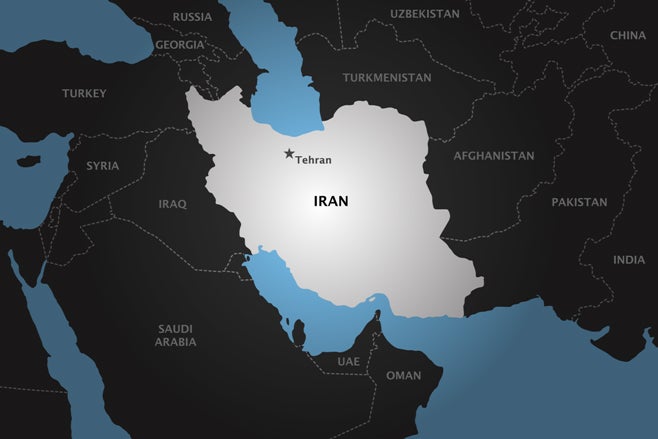 |
With telephone communications disrupted in the disaster zone, northeast of the city of Tabriz, emergency teams were relying on radios and traveling in person to hard-hit villages to rescue and assess the destruction.
The quakes, which struck Saturday within 11 minutes of each other, measured 6.2 and 6.0, according to Tehran University's Seismological Center.
The US Geological Survey, which monitors seismic activity worldwide, ranked them as more powerful, at 6.4 and 6.3 on the moment magnitude scale, respectively.
"Unfortunately, the toll is mounting and we are now at 180 dead," Khalil Saie, the head of the regional natural disasters center, told state television. He put the number of injured at 1,350.
"Up to now, there are no deaths reported in the cities and all the victims come from rural areas," he said.
Earlier he urged residents in the zone not to panic, reassuring them that "help is arriving and rescuers are already at the scene."
Iran's Red Crescent took over a sports stadium to shelter the 16,000 people left homeless or too afraid to return indoors, the Fars news agency reported.
It also provided 3,000 tents, blankets and tonnes of food -- all a sign of years of preparedness in a nation prone to sometimes catastrophic seismic activity.
President Mahmoud Ahmadinejad's office posted a statement on its website expressing condolences to those in the disaster zone and calling on authorities to "mobilize all efforts to help the affected populations."
According to the official IRNA news agency, 66 rescue teams were at work, using 40 devices and seven dog squads to detect buried survivors. Some 185 ambulances were sent to the area.
Those hurt were taken to hospitals in Tabriz and Ardebil, the two biggest nearby cities, both of which escaped relatively unscathed from the quakes.
In contrast, villages outlying the towns of Ahar and Varzaqan, 60 kilometers (40 miles) from Tabriz, were decimated, being closest to the epicenters of the two quakes. Dwellings close to Heris, another town close by, were also badly shaken.
Residents in the region were terrified as their homes shook around them when the quakes hit, and they fled into the streets for safety, according to reports.
Tehran University's Seismological Center said the first earthquake occurred at 4:53 pm (1223 GMT) at a depth of 10 kilometers.
The second -- actually a big aftershock -- rumbled through from nearly the same spot. A series of more than 17 smaller aftershocks rating 4.7 or less rapidly followed.
The disaster zone was located around 90 kilometers from the borders with Armenia and Azerbaijan, and around 190 kilometers from the border with Turkey.
Iran sits astride several major fault lines and is prone to frequent earthquakes, some of which have been devastating.
The deadliest was a 6.6-magnitude quake which struck the southern city of Bam in December 2003, killing 31,000 people -- about a quarter of the population -- and destroying the city's ancient mud-built citadel.

